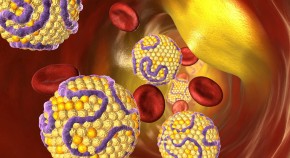
A webinar on adoptive cell immunotherapies for cancer
Register and join us for a live webinar on Tuesday 14th May at 3 pm BST

Register and join us for a live webinar on Tuesday 14th May at 3 pm BST



Nittas et al. discuss the importance of cultural adaptations in eliminating systemic exclusion of traditionally underserved cultural groups to minimize barriers to accessing digital healthcare interventions. They outline the existing challenges of the digital divide and provide recommendations to overcome them.
